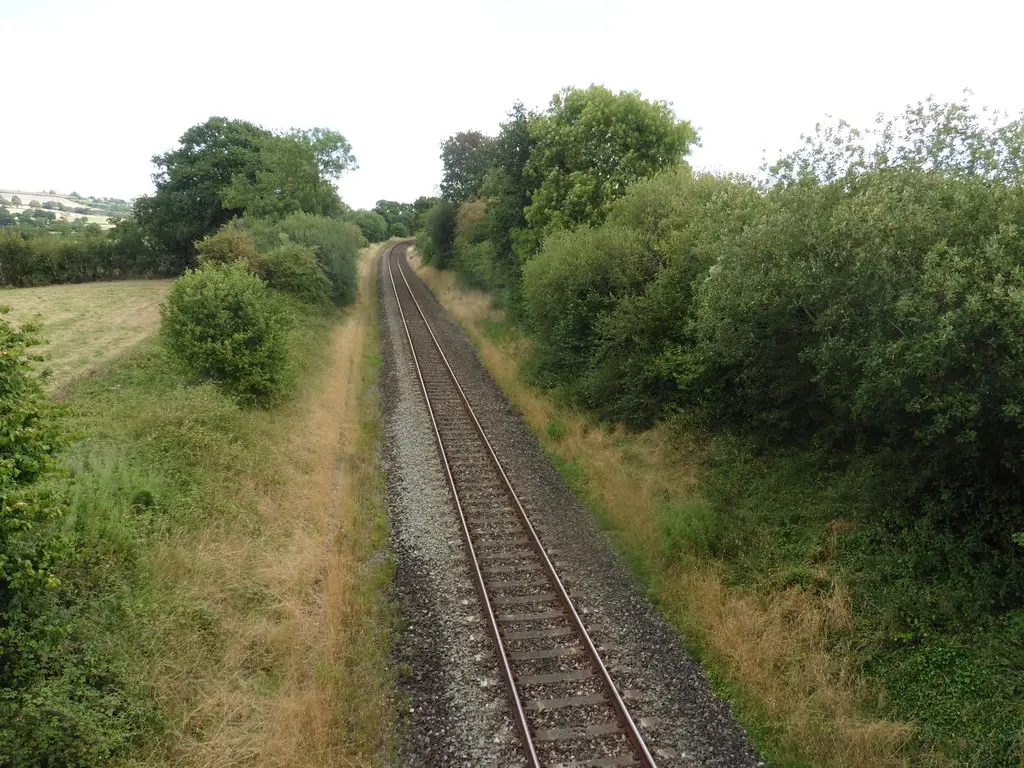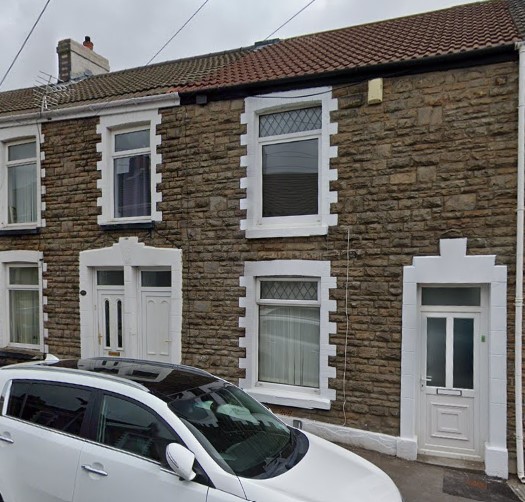Introduction
George Beckingham was born in a village near Oxford in 1819. He moved to the Yeovil area around 1847 to help build the railway line between Yeovil and Durston. In 1848, he married the daughter of a farm labourer and settled in the area, where he continued to work as a railway labourer. In 1858, he and his family lived in Hardington, during which time he was sentenced to jail for stealing apples. After his release, he returned to the Oxford area with his family before moving to Swansea, where he died in 1893.
Birth
George Beckingham, the fifth child of John and Martha Beckingham, was born on May 16, 1819, at Sutton Courtenay, Berkshire.[1] His father, John, was a farm labourer.
Move to Somerset and marriage
George had left home by June 1841 but has not been found on the 1841 census. Six years later, he may have moved to Somerset to work on constructing the Yeovil to Durston branch line, which began in 1847. It was hard, dangerous work, which claimed the life of at least one young man who was killed by an earthfall at Montacute in November 1847.[2]
After moving to Somerset, George met Elizabeth Edney, the daughter of a farm labourer. They were married at Stoke-Sub-Hamdon by banns on 9 March 1848, and both signed the register with a cross.
Preston Plucknett and Yeovil
George and Elizabeth spent their early married life in or near Yeovil. Their first child was born at Preston Plucknett, and their next four children were in Yeovil. When their fourth child was baptised on 22 May 1854 and their fifth on 21 October 1855, their address was Vicarage Street, Yeovil, and George’s occupation was listed as labourer.
However, the birth certificates of his children, George and William, are more revealing as they record George’s occupation as a railway labourer.
Theft of his watch and chain
On Sunday, 13 June 1852, a nineteen-year-old farm labourer named James Palmer stole George’s watch and chain as George slept under a hedge. Palmer was caught and prosecuted at Bridgwater Quarter Sessions. George testified as follows:
“I was at the Freemason’s Arms beer-house, at Martock, on the 13th inst. I left at about quarter past nine; I had a watch in my pocket, which I had seen shortly before I left; I went on the Yeovil road; it was very wet, and I lay down under a hedge to shelter myself and went to sleep; on waking I found my watch was gone, and the bottom of the watch pocket had been cut off; was not drunk, but had taken a pint or two of cider; I have since seen the watch with the constable.”
The judge sentenced Palmer to four months hard labour in Wilton Jail.[3]
Although the newspaper account of the theft does not refer to George’s occupation, he may have been at Martock because work on the Yeovil and Durston Railway was again in progress.[4] His connection to railway work was reinforced when Elizabeth’s sister, Eliza, married railway labourer William Leyman at St John’s, Yeovil, on Christmas Day, 1855. George attended their wedding and acted as a witness.
Hardington
By 5 September 1858, George was a railway labourer at Hardington. William Leyman was also working there.
On Thursday, 16 September 1858, George was caught stealing apples from an orchard at Pendomer next to the railway line where he worked. Although he claimed that two women working in the orchard had passed him the apples-an account supported by a fellow labourer, John Gough- the magistrates sentenced him to three weeks imprisonment.[5]
After his release, George left the area and moved back closer to his childhood home.
Princes Risborough
By March 1860, George and his family had moved to Princes Risborough, Buckinghamshire.
Thame
By April 1861, they lived in School Lane, Thame, Oxfordshire. The 1861 census recorded George as a railroad labourer.
Wheatley
By March 1864, they lived at Wheatley, Oxfordshire.
Llangyfelach
By April 1871, they lived at Old Bridge, Llangyfelach, on the outskirts of Swansea. George and his sons, George, William and Henry, all worked as railway excavators.
Ten years later, George, his wife, and their youngest son were still at the same address. By then, George was 58 years old and worked as a labourer.
Elizabeth’s death
Elizabeth died in May 1889, aged 65. Her last abode was Brynhyfryd, and she was interred at St Peter, Swansea.
George’s final years
By April 1891, George lived with his son, Samuel, at 50 Philip Street, Swansea. He suffered from rheumatism, and Samuel supported him.
George died in late December 1892 or early January 1893, aged 73.[6] His last address was Hafod, and he was interred with his wife.
Children
George and Elizabeth had five sons and three daughters. Their youngest son, Samuel, became a Baptist minister.[7]
References
[1] Sutton Courtenay baptism register.
[2] Dorset County Chronicle, 18 November 1847, p.4.
[3] Sherborne Mercury, 6 July 1852, p.3.
[4] Sherborne Mercury, 8 June 1852, p.2.
[5] Sherborne Mercury, 21 September 1858, p.5.
[6] The Civil Registration Death Index recorded his age as 70.
[7] Glamorgan Advertiser, 25 December 1931, p.8.




